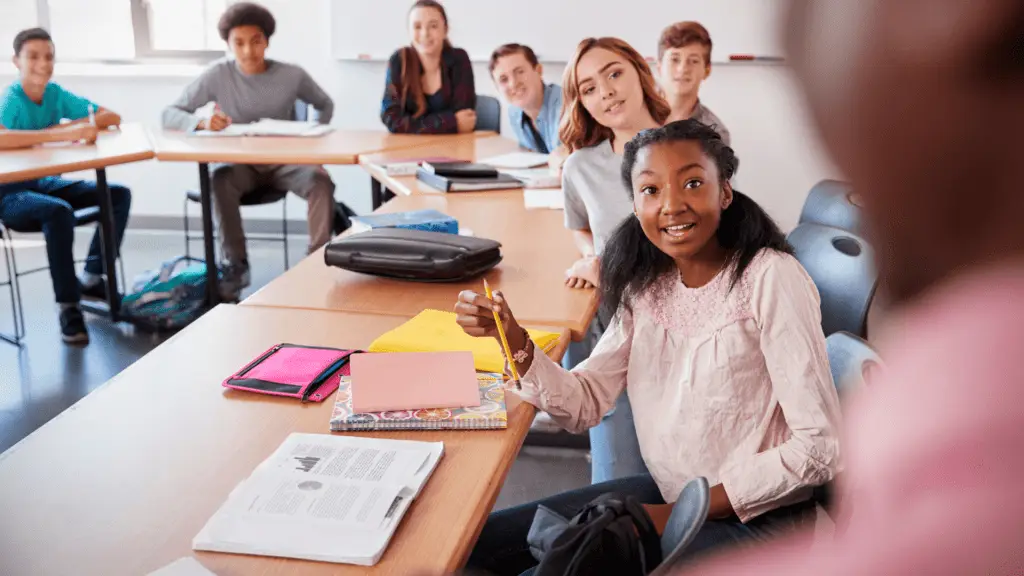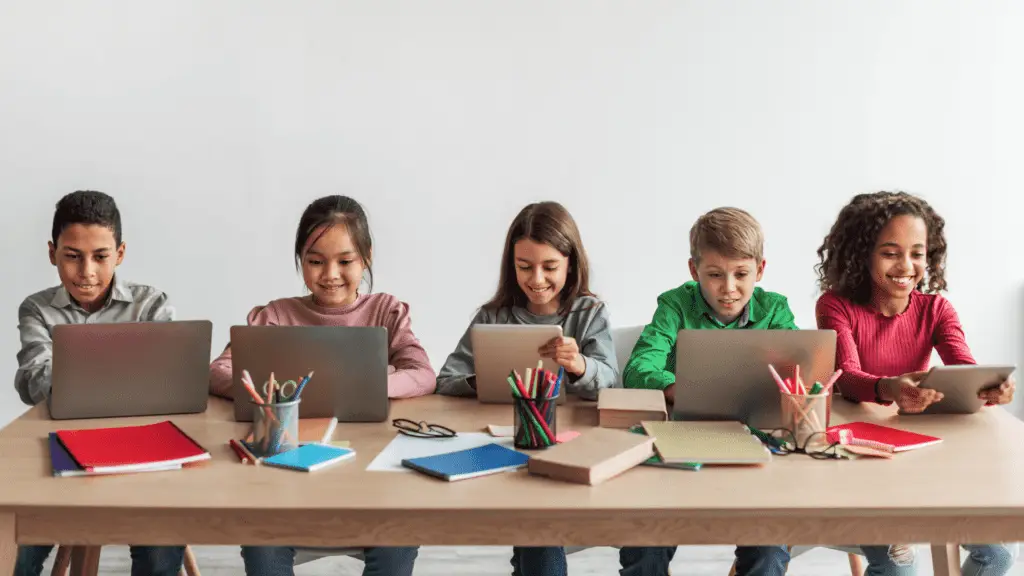In an increasingly interconnected world, active learning and international collaborations have become fundamental in education. As we navigate the 21st century, the traditional classroom model is evolving to meet the needs of a globalized society. This shift emphasizes the importance of engaging students in dynamic, hands-on learning experiences that prepare them for the challenges of tomorrow.
In this article, we will explore how active learning can enrich students’ educational experiences, and how international collaborations can further broaden their horizons. Additionally, we will highlight the key role of Class2Class.org in facilitating these collaborations and providing support to teachers worldwide.
What is Active Learning?
Active learning is a pedagogical methodology that places students at the center of the learning process. Unlike traditional methods where students passively receive information, active learning encourages them to engage directly with the material, their peers, and their environment.
Definition and Principles of Active Learning: At its core, active learning is about creating an educational environment where students are active participants rather than passive recipients. The principles of active learning include:
- Engagement: Students are actively involved in the learning process.
- Reflection: Learners think about what they’re learning and how they’re learning it.
- Application: Knowledge is applied to real-world scenarios or problems.
- Collaboration: Students work together, sharing ideas and learning from each other.
Comparison with Traditional Learning Methods:

By incorporating these strategies, educators can create a more dynamic and engaging learning environment that fosters deeper understanding and skill development.
Benefits of Active Learning
Active learning has gained significant traction in educational circles due to its numerous benefits for students. Let’s explore how this approach enhances the learning experience and prepares students for future challenges.
Enhanced Student Engagement and Motivation: Active learning transforms the classroom into a vibrant, interactive space where students are eager to participate. By involving students directly in the learning process, it:
- Increases interest in the subject matter
- Boosts intrinsic motivation to learn
- Reduces boredom and passive behavior
- Encourages students to take ownership of their learning journey
Improved Critical Thinking and Problem-Solving Skills: One of the most significant advantages of active learning is its ability to develop higher-order thinking skills. Through activities that challenge students to analyze, evaluate, and create, active learning:
- Enhances analytical and logical reasoning abilities
- Fosters creativity in problem-solving
- Develops decision-making skills
- Encourages students to think outside the box
Greater Retention of Information and Understanding of Concepts: Active learning strategies lead to better retention and comprehension of material. By engaging multiple senses and applying knowledge in practical ways, students:
- Remember information for longer periods
- Develop a deeper understanding of complex concepts
- Can apply learned concepts to new situations more effectively
- Build stronger neural connections, reinforcing learning
Development of Collaboration and Communication Skills: In today’s interconnected world, the ability to work effectively with others is crucial. Active learning provides numerous opportunities for students to:
- Improve teamwork and cooperation skills
- Enhance verbal and written communication abilities
- Develop empathy and understanding of diverse perspectives
- Practice leadership and conflict resolution skills
By fostering these essential skills, active learning not only improves academic performance but also prepares students for success in their future careers and personal lives.

The Role of International Partnerships in Active Learning
In our increasingly globalized world, international partnerships play a crucial role in enhancing the active learning experience. These collaborations offer unique opportunities for students to engage with diverse perspectives and cultures, broadening their horizons beyond the confines of their local communities.
International partnerships in education involve collaborations between schools, teachers, and students from different countries. These partnerships can take various forms, including:
- Virtual classroom exchanges
- Collaborative online projects
- Teacher exchange programs
The significance of these partnerships lies in their ability to:
- Expose students to diverse cultural perspectives
- Promote global citizenship and intercultural understanding
- Prepare students for an increasingly interconnected world
- Enhance language skills through authentic communication
By integrating international partnerships into active learning strategies, educators can create truly transformative educational experiences that prepare students for success in a global society.
How to Implement Active Learning in the Classroom
Implementing active learning strategies in the classroom can seem daunting at first, but with the right approach, it can revolutionize the learning experience. Here are some practical tips for educators looking to integrate active learning into their teaching practices.
- Start Small:
- Begin with simple activities like think-pair-share or short group discussions
- Gradually introduce more complex strategies as students become comfortable
- Set Clear Objectives:
- Define specific learning goals for each active learning activity
- Ensure activities align with curriculum requirements
- Create a Supportive Environment:
- Foster a classroom culture that encourages participation and risk-taking
- Provide positive feedback and celebrate the effort
- Use Diverse Strategies:
- Incorporate a variety of active learning techniques to cater to different learning styles
- Examples include role-playing, problem-based learning, and collaborative projects
- Leverage Technology:
- Utilize educational technology tools to enhance active learning experiences
- Explore platforms like Class2Class.org for international collaborations
- Encourage Reflection:
- Integrate reflection activities to help students process their learning
- Use journaling or group discussions to deepen understanding
- Assess Effectively:
- Use formative assessments to gauge student understanding during activities
- Incorporate peer and self-assessment to promote critical thinking
- Collaborate with Colleagues:
- Share experiences and ideas with other teachers
- Participate in professional development opportunities focused on active learning
By implementing these strategies, educators can create a more engaging, student-centered learning environment that promotes deeper understanding and skill development.
The Role of Class2Class.org in Facilitating Active Learning
Class2Class.org is a global community with an innovative online platform designed to connect classrooms around the world, enabling students and teachers to engage in collaborative, cross-cultural learning experiences. Its mission is to:
- Foster global citizenship and intercultural understanding
- Facilitate meaningful international partnerships in education
- Support educators in implementing active learning strategies
- Contribute to the achievement of UN Sustainable Development Goals through education
Features and Tools Provided by Class2Class.org to Support Active Learning Projects:
- Access to International Partners and Resources:
- Teacher recommendation system to find compatible international partners
- Database of global classroom resources and project ideas
- Structured Learning Journey:
- A learning journey aligned with active learning principles
- Guided activities for cultural exchange, SDG-focused projects, and problem-solving
- Assessment and Feedback Tools:
- Assessment templates for tracking student progress
- Certificates and recognition for completed projects
By leveraging these features, teachers can create rich, active learning experiences that transcend geographical boundaries and prepare students for a globalized world.
In conclusion, active learning and international collaborations are transforming education, preparing students for the challenges of a globalized world. By implementing active learning strategies and leveraging platforms like Class2Class.org, educators can create engaging, meaningful learning experiences that develop critical 21st-century skills. As we continue to embrace these innovative approaches, we pave the way for a more connected, empathetic, and globally aware generation of learners.
Ready to transform your classroom with active learning and international collaboration? Join Class2Class.org today and unlock a world of educational possibilities!


